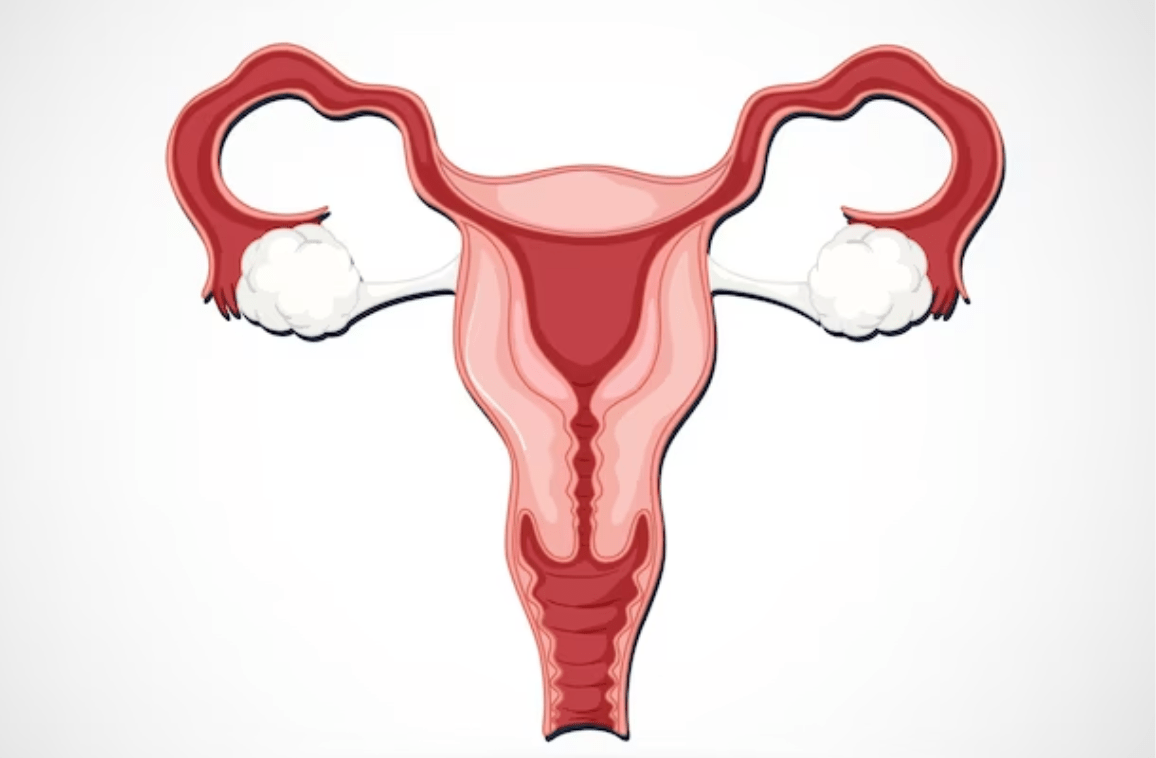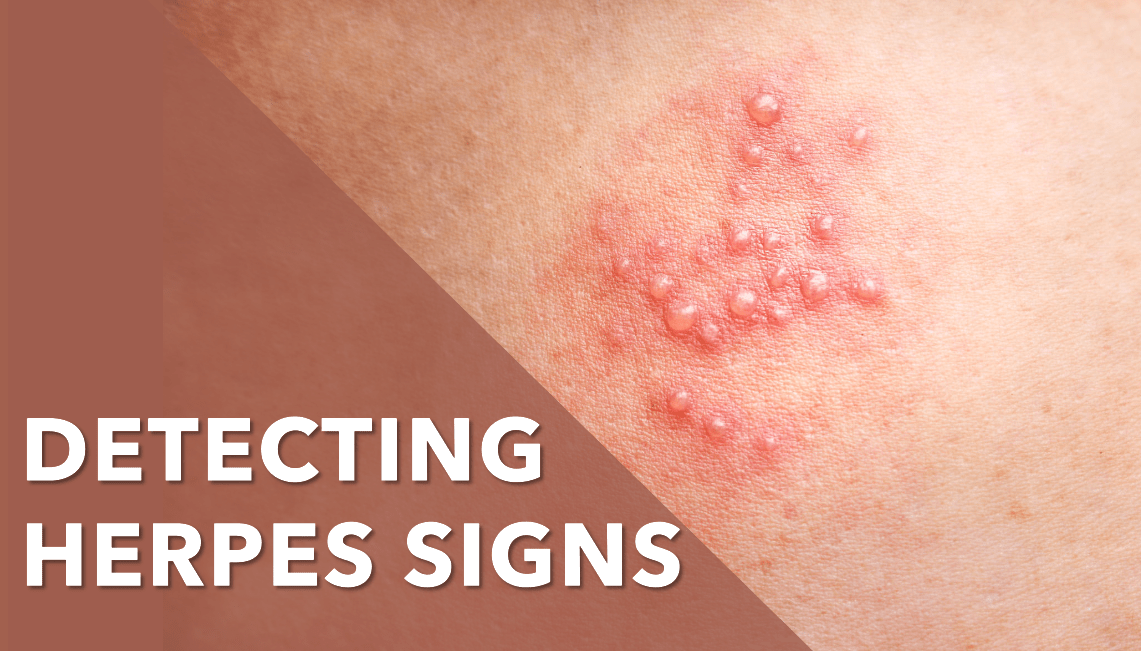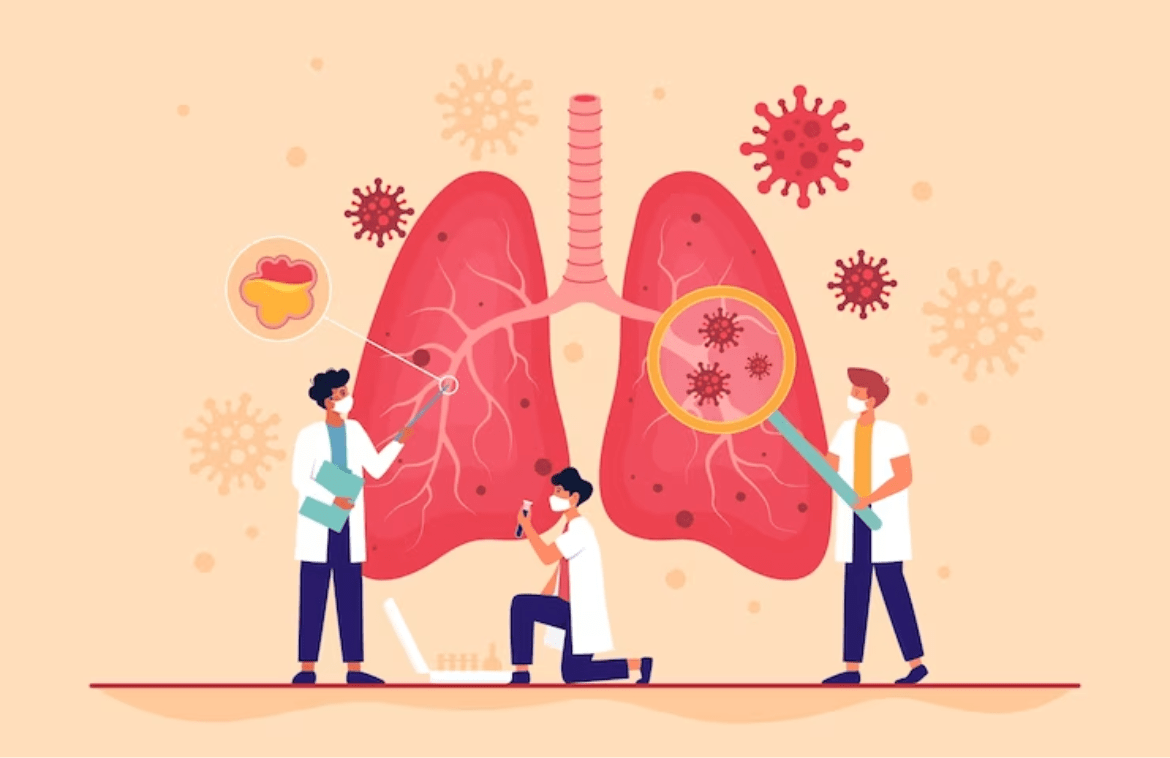What is writer’s cramp (dystonia)? Its Disadvantages?
People are keen to know more about writer’s dystonia treatment as they want relief. The writer’s dystonia cannot be overlooked, but needful action needs to b taken to deal with it.
A writer’s cramp happens to be a specific type of focal dystonia that affects one’s fingers, hand, or forearm. Focal dystonia of the hands is considered to be a neurologic movement disorder. The brain does send incorrect information to one’s muscles, causing involuntary, excessive muscle contractions. These signals can indeed make a person’s hands twist into odd postures.
Thus writer’s dystonia is much to be taken seriously. The writer’s dystonia treatment can help with this health issue.
A writer’s cramp is indeed known as task-specific dystonia. It does happen almost only when a person performs a particular activity. Other highly skilled movements can rather incite focal hand dystonia — things such as playing a musical instrument, typing, or sewing.
Other terms made use of to describe writer’s cramp or similar problems do include:
- Musician’s cramp
- Focal hand dystonia
- Task-specific dystonia
- Arm dystonia
- Finger dystonia
- Occupational cramp or dystonia
- The “yips”
Symptoms usually do appear between the ages of 30 and 50—. Task-specific dystonias, particularly musician’s cramps, are more common in men.
Are there different types?
There are two basic types of writer’s cramps: simple as well as dystonic.
Simple writer’s cramp- Does involve difficulty with only writing. The abnormal postures as well as involuntary movements do begin soon after a person picks up a pen. It only does affect one’s ability to write.
Dystonic writer’s cramp- moves beyond one task. Symptoms will indeed show up not only during writing but also when doing other activities with one’s hands — such as shaving or applying makeup.
What symptoms can it cause?
Common symptoms of writer’s cramp do include:
- Fingers that grip the pen or pencil tightly
- Wrists flexing
- Wrists cum elbows moving into unusual positions
- Fingers extending during writing, thus making it difficult to hold the pen
- Hands or fingers failing to respond to commands
One’s hand does not ache or cramp. A person can feel mild discomfort in one’s fingers, wrist, or forearm.
Causes and who is at risk?
Focal dystonia has rather been acknowledged as a health issue with how a person’s brain talks to the muscles in one’s hand as well as arm. Experts think that repetitive hand movements do result in the remapping of certain parts of a person’s brain.
Simple writer’s cramp is linked to overuse, poor writing posture, or holding the pen or pencil improperly. Symptoms begin after holding the writing tool for in fact just a few moments, not even after hours.
Stress does not cause hand dystonia, it can also aggravate symptoms. Stressors such as test-taking can make a writer’s cramps worse. But worrying about as well as focusing on the cramping can also make it worse.
A writer’s cramp can be rather inherited.
What treatment options are available?
- Physical cum occupational therapy- Learning how to hold one’s pen differently, making use of fatter pens or grips, using special-made splints, and also changing one’s paper or arm position can all help with a writer’s cramp.
- Botulinum neurotoxin (Botox) injections- Botox injections into selected muscles can indeed help ease writer’s cramp, especially when the wrist or fingers move into unusual postures.
- Oral medications- Anticholinergic drugs, such as trihexyphenidyl (Artane) and benztropine (Cogentin), help a few people.
- Relaxation cum distraction- Relieve stress-induced cramping via relaxation techniques such as deep breathing as well as visualization, or via distractions such as writing with both hands at the same time.
- Sensory re-education- This process of identifying textures and also temperatures with one’s fingers helps retrain brain patterns that tend to cause writer’s cramps.
- Sensory motor retuning- This rehabilitation therapy does make use of splints on one’s unaffected fingers to help retrain the affected fingers.
- Surgery- Both pallidotomy and pallidal deep-brain stimulation have indeed been effectively made use of for generalized dystonia, but surgery is not usually necessary for task-specific dystonia such as writer’s cramp.
Conclusion
The writer’s dystonia treatment needs to be seriously considered.










There are no comments